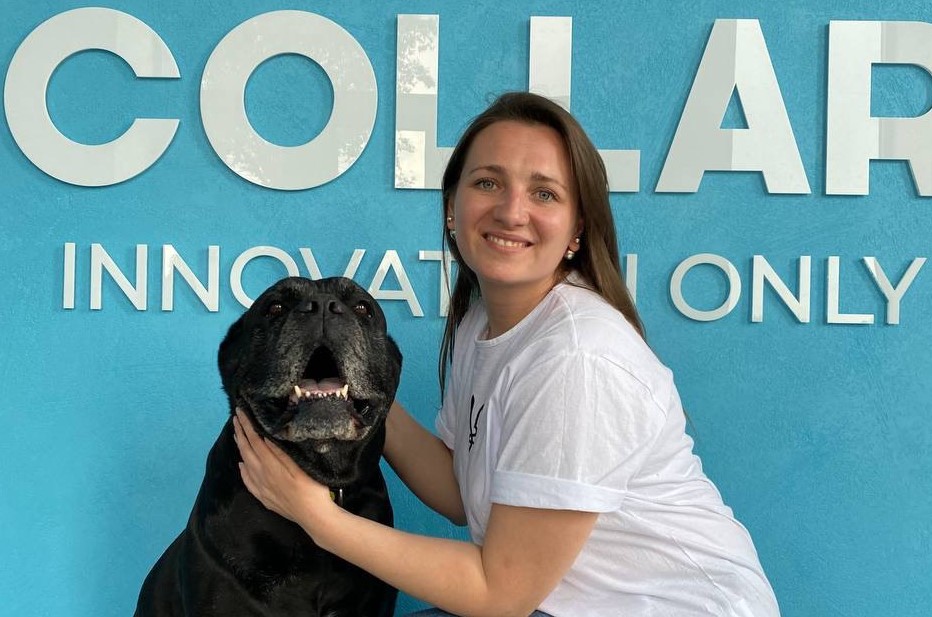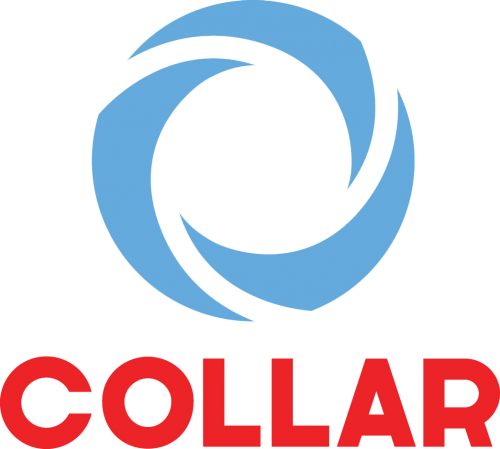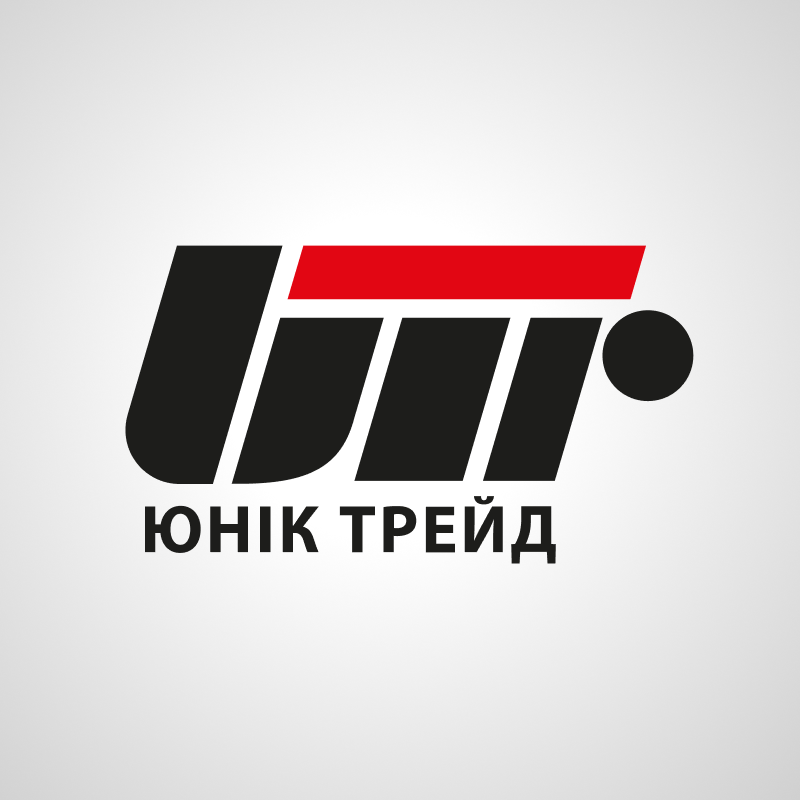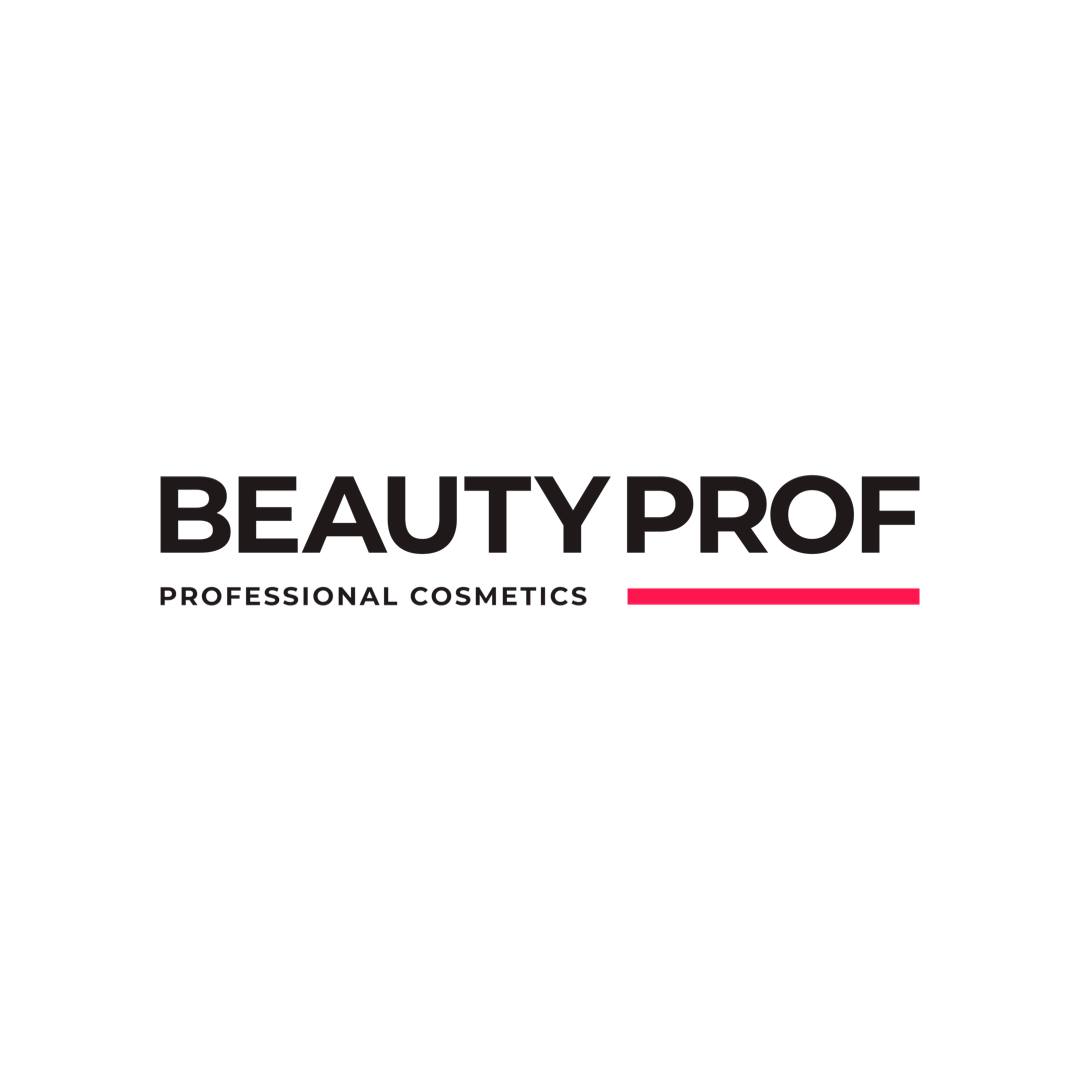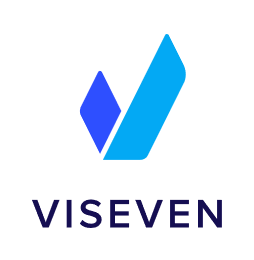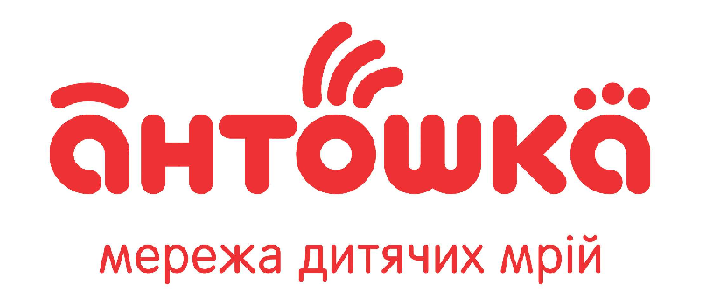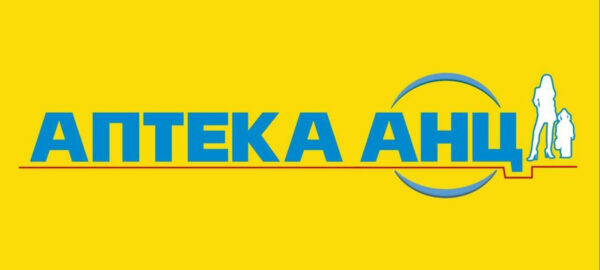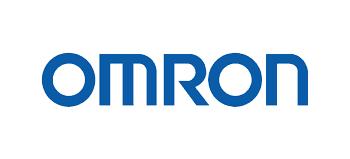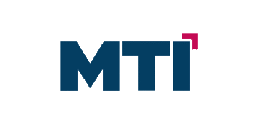
The article was published with the purpose of translation into Russian language Original: https://www.learningsolutionsmag.com/articles/2399/adaptive-learning-five-common-misconceptions/pageall Copyright 2017 Learning Solutions Magazine
“Course completions and hours spent in training are no longer sufficient measures for success, and employees now have the resources to look elsewhere for development opportunities that meet their individual needs. Adaptive learning can enable L&D to address these needs, articulate the value of their work, and ultimately transform the business through rapid capability growth.”
Employee capability is now THE differentiator in modern business. Companies can no longer compete based solely on familiar factors, such as product or price. It takes skilled people to foster the innovations and experiences that help your organization stand out in a crowded marketplace. But, in an environment where organizations are evolving constantly and employee needs are a moving target, how can L&D keep pace with the speed of business? This is why, as a modern L&D leader, you must begin to integrate adaptive learning principles into your workplace learning strategy.
What is the true definition of adaptive learning?
Adaptive learning brings together the latest in learning science, data, technology, and workplace principles. The concept is based on the realization that people develop in their own unique ways and, therefore, require a more customized experience than an academic, one-to-many approach offers. By using multidimensional data and cutting-edge technology, L&D can deliver the right information to the right person at the right time, thereby promoting value to the individual as well as the overall organization.
Adaptive learning is a bleeding-edge topic for corporate L&D. As such, there is plenty of room for misinterpretation and misunderstanding about what it takes to deliver an adaptive experience. In order to shift your L&D team from a one-size-fits-all approach to a right-size-fits-one mentality, you must overcome these misconceptions and clearly articulate the value of adaptive learning within your organization. After all, your stakeholders don’t want to hear about learning strategy. They are focused on getting their employees to the desired level of capability as quickly as possible in order to drive business value.
Five misconceptions about adaptive learning
Here are five common misconceptions regarding adaptive learning, along with suggestions for how you can sidestep these fallacies and deliver right-fit learning experiences.
1. Personalized and adaptive learning are the same
This may seem like wordsmithing, but “personalized” is not the same as “adaptive.” For example, you may buy your child a new pair of shoes that fits their size, style, and interests perfectly. However, a year later you will likely find that the child has changed in a variety of ways and now needs new shoes. The shoes were super personalized, but they can’t adapt as the child grows.
This is exactly how learning works! Personalized refers to “targeted” content offerings based on an employee’s attributes. For example, a course may be assigned to cashiers who work in the North American retail division. That’s a personalized learning opportunity, but only to a point. Everyone who meets this criterion will receive the same experience. The content cannot adapt to meet the less well-defined nuances of individual need. For example, it cannot determine how quickly I am picking up new information or whether I retain it over the long term. And that means it can’t adjust content on the fly to focus on areas where I need more help, nor can it advance the content to challenge my expertise.
Personalization is now a consumer expectation, and it’s a great place to start when it comes to workplace learning. However, ultimately, it will not help L&D provide just-in-time support at enterprise scale. When exploring partners who promise to provide “adaptive learning,” dig in to understand how the learning experience grows with the individual over the long term. If the platform is only able to push content at groups of people based on profile attributes, the company is providing personalized—not adaptive —learning.
2. Branching content is adaptive learning
Most of the popular rapid development authoring tools for eLearning offer the option to branch content. This means that the employee will move through a path based on his or her actions within the course. The employee may have the option to skip activities or content items based on correct answers, or to be posed scenario questions with unique, pre-programmed responses to simulate real-world interaction. In many cases, this functionality can help instructional designers provide a better user experience than typical “click Next to continue” eLearning. It may also help the employee complete the course more quickly based on his or her existing knowledge. But it’s still not adaptive learning.
Branching is based on the idea that there are a set number of paths the employee can take to get to a predetermined conclusion. Progression is based on decisions contained within the content, not proven real-world knowledge or behavior. Therefore, it only “adapts” based on a single moment in time, which is likely to also include plenty of guessing as the employee attempts to complete the course satisfactorily. Also, just as with personalization, branching content has a hard limit. While it provides a small amount of user-specific flexibility, it cannot grow with the employee over time and support his or her future needs.
Like personalization, branching is a great option for course development—when a course is the right-fit learning solution. However, adaptive learning is much more than an instructional design tactic. It must reach beyond the course and support continuous learning that fits into the day-to-day. When you escape the academic “place and time for learning” model, you open the door to a plethora of new options. While courses may still play a small role, shared knowing, coaching, communication, and reinforcement are now available as powerful tactics to drive right-fit, continued development.
3. Adaptive learning is like Netflix
Self-directed learning is a growing conversation within L&D, and for good reason. Informed choice is a great way to motivate employees to learn and align development opportunities with individual value. As a result, people have started to compare self-directed learning with the personalized recommendations offered by platforms like Amazon and Netflix. Many learning platforms now offer similar content recommendations based on what you’ve completed in the past or what your peers do or like. While this informed opportunity to consume more content is nice, it’s still not adaptive learning.
Netflix does its best to help you sort through a massive amount of content using what the platform knows about you—your viewing and rating data. However, there is one big piece of data Netflix is missing: how you’re feeling right now. Netflix may be suggesting dramas based on my past viewing habits, but I may be in the mood for a comedy because I’ve had a bad day. Netflix cannot adapt on the fly when it doesn’t have a full picture of my individual needs.
Providing recommendations for continued learning based on what an employee has done in the past or what people in similar jobs have enjoyed is a step up from anonymized LMS content libraries. But it’s still a relatively one-dimensional approach to supporting employee capability. More data is needed to really get a sense of the individual and their timely needs. L&D can then use this data to better balance pull and push learning opportunities. When you explore adaptive learning approaches and technologies, ask questions about the data model used to drive the experience. If you find out that the provider relies solely on consumption and rating data, you’ll probably end up with the same limitations as Netflix. That may not hurt an entertainment experience, but the inability to adapt and grow will considerably damage the learning experience.
4. Adaptive learning is just about assessment
Employees who are new in their roles come to the table with a mixed bag of capabilities based on experience. No two people have the exact same needs from day one. Therefore, many L&D teams have adopted pre-assessment to provide employees with the opportunity to “test out” of typically required training activities. If they can show that they already know what they are doing, they don’t have to waste time checking boxes in extra courses. This is certainly better than forcing everyone through the same path regardless of experience, but it’s not adaptive learning.
Like many earlier examples, pre-assessment relies on limited data provided at a single moment in time to determine need. It also only acts to reduce the size of a one-size-fits-all training package rather than identify and support true individual need. Adaptive learning requires ongoing data regarding an employee’s content consumption, knowledge, behavior, and performance in order to provide the optimal level of support. Yes, some of this data is best acquired through knowledge and practical assessment. However, this data must be collected continuously to account for growth and decline in employee capability as well as the changing needs of the business. When designing your adaptive learning model, focus on a continuous approach rather than content-specific or moment-in-time assessment. This is where right-fit technology—platforms that don’t rely solely on test scores and completions—can help you bring adaptive learning to life.
5. Adaptive learning should replace all training
In a perfect world, L&D could provide a personal coach who can step in when needed to guide every employee. This simply isn’t feasible in a modern workplace. Adaptive learning leverages data and technology to help L&D get as close as possible to a personal coach and just-in-time support. However, this doesn’t mean L&D pros should forgo everything else they do and rely solely on digital learning to take care of their people.
Adaptive learning is more than a platform or instructional design strategy. It’s a fundamental reimagination of how L&D supports the organization. By using the right combination of science, data, and technology, L&D can enable adaptive, continuous learning and support at enterprise scale. Rather than simply replace other tactics, such as instructor-led training and coaching, adaptive learning can strengthen these concepts by allowing L&D to apply them only when they are the absolute right fit. A continuous flow of multi-dimensional data can help L&D get proactive and identify the need for more structured, in-depth training opportunities—before business stakeholders start knocking at the door. The added focus on continual, individualized learning can also push L&D to create more focused, reusable assets rather than lengthy, single-use courses.
The fundamentals of how L&D approaches workplace learning are typically not far off base. Adaptive learning provides a framework for how to better apply familiar tactics in new ways in order to balance individual need with the priorities and scale of the entire business.
The principles of adaptive learning adoption
Adaptive learning may be a new concept within your L&D team, but it is based soundly in the practical realities of workplace learning. As you begin to explore the shift to adaptive learning with your L&D team, apply the following principles:
- The purpose of adaptive learning is to provide the right person with the right support at the right time, based on established individual and business objectives
- Adaptive learning extends beyond the traditional course to enable continuous learning that fits into the day-to-day employee workflow
- Adaptive learning requires an ongoing, multidimensional data profile, including what an employee does and doesn’t know (knowledge), what they are doing well and not so well on the job (behavior), and what results they are seeing as compared to their objectives (outcomes), in order to find and support timely needs
- Adaptive learning takes advantage of a variety of L&D methodologies, including questions, videos, on-demand resources, and coaching, to provide individualized, timely support
- Selecting the right technology that can leverage multidimensional data and drive continuous learning is a critical component of a scalable adaptive learning strategy
- Adaptive learning balances push and pull resources that support both individual employee needs and organizational priorities
Like any business unit, L&D is under pressure to provide clear, measurable value to stakeholders across the organization—from the C-suite to the front line. Course completions and hours spent in training are no longer sufficient measures for success, and employees now have the resources to look elsewhere for development opportunities that meet their individual needs. Adaptive learning can enable L&D to address these needs, articulate the value of their work, and ultimately transform the business through rapid capability growth.

